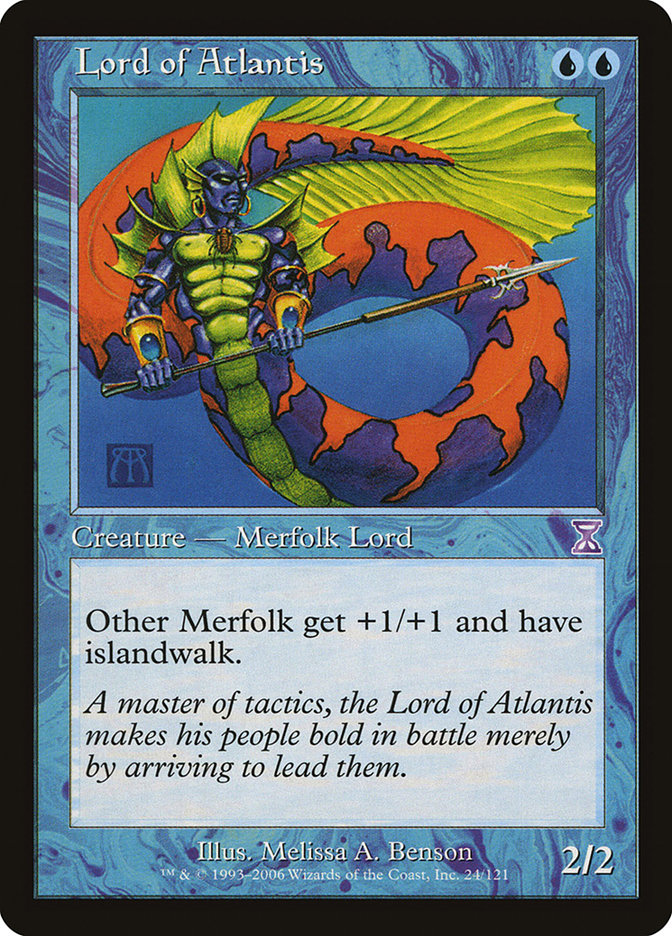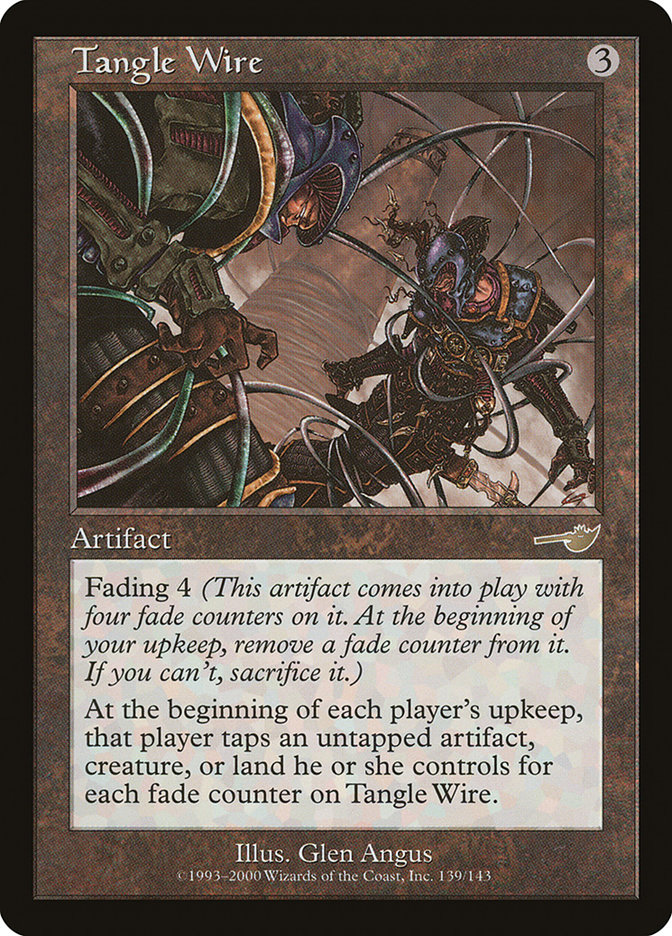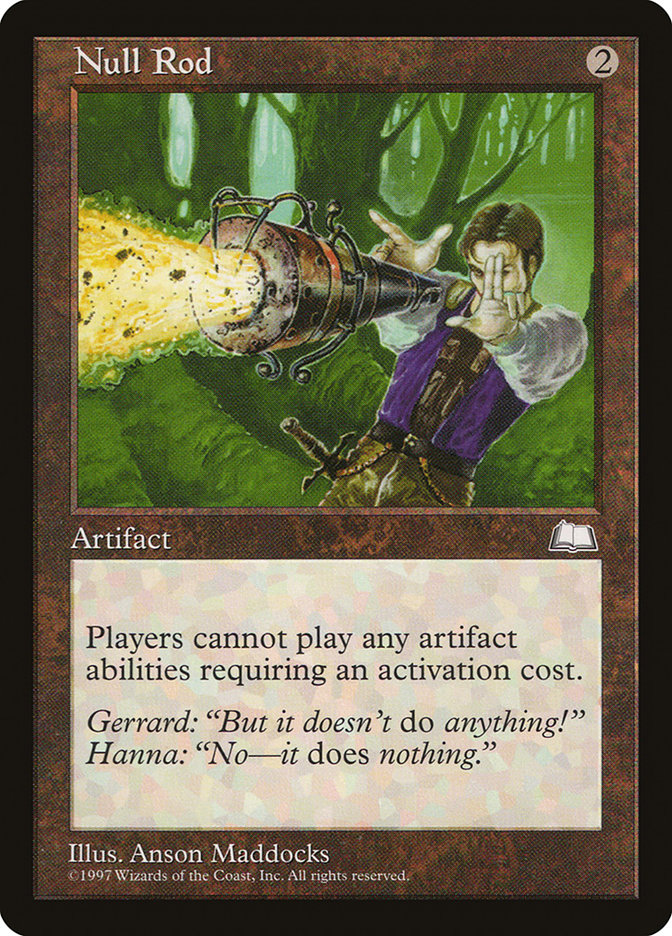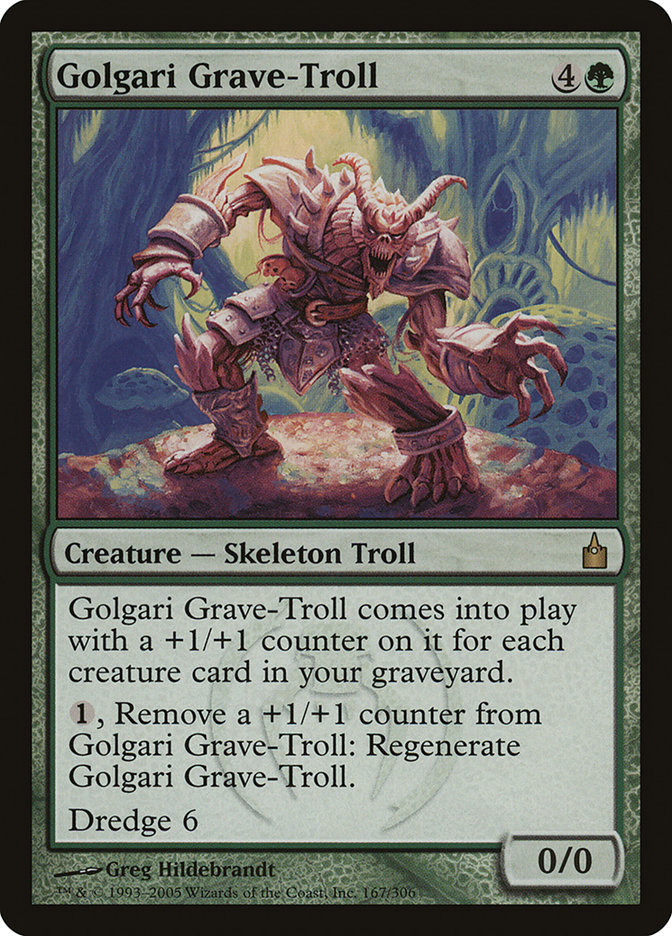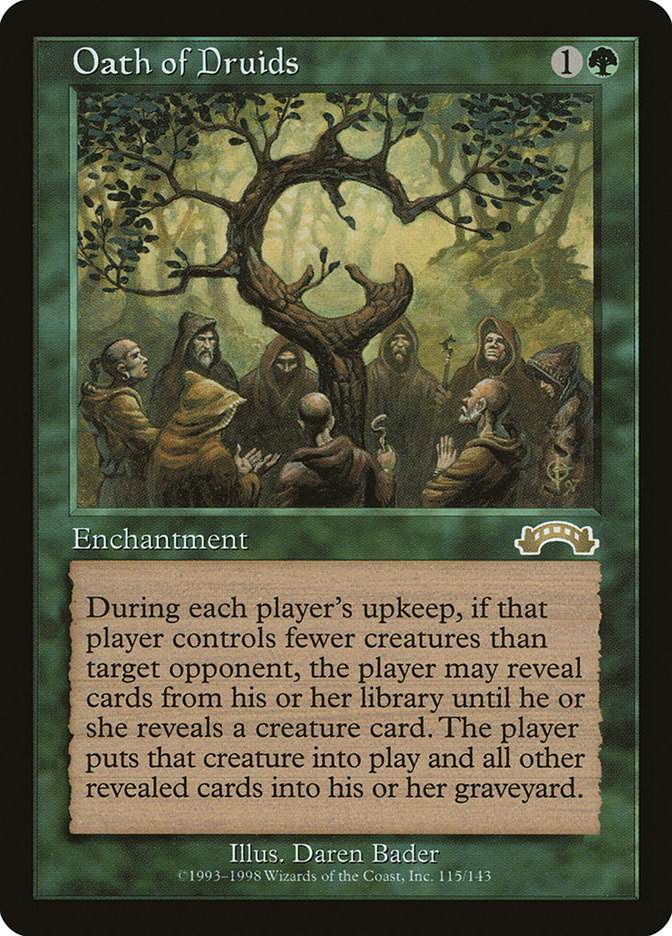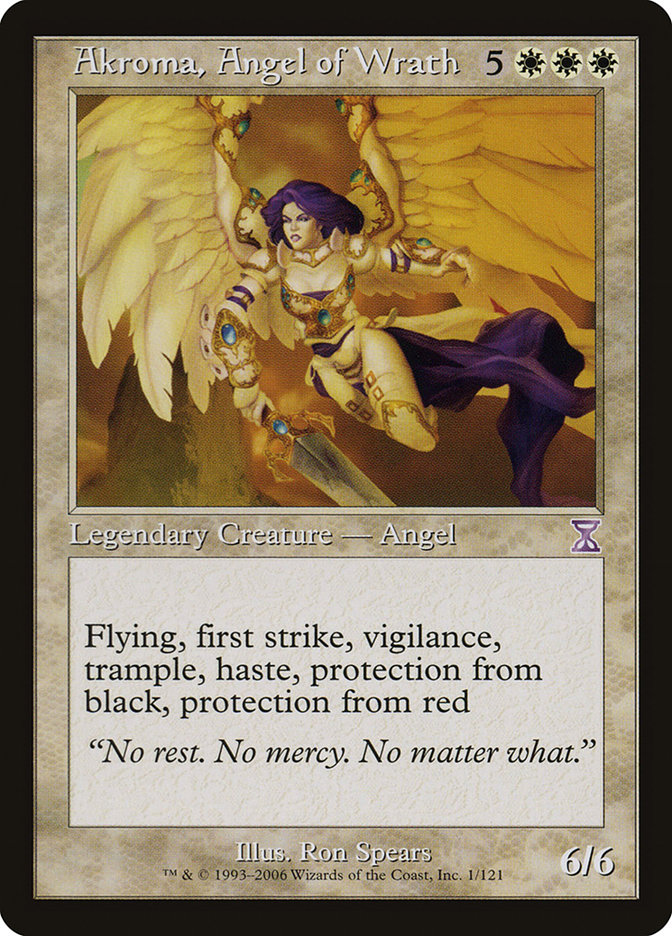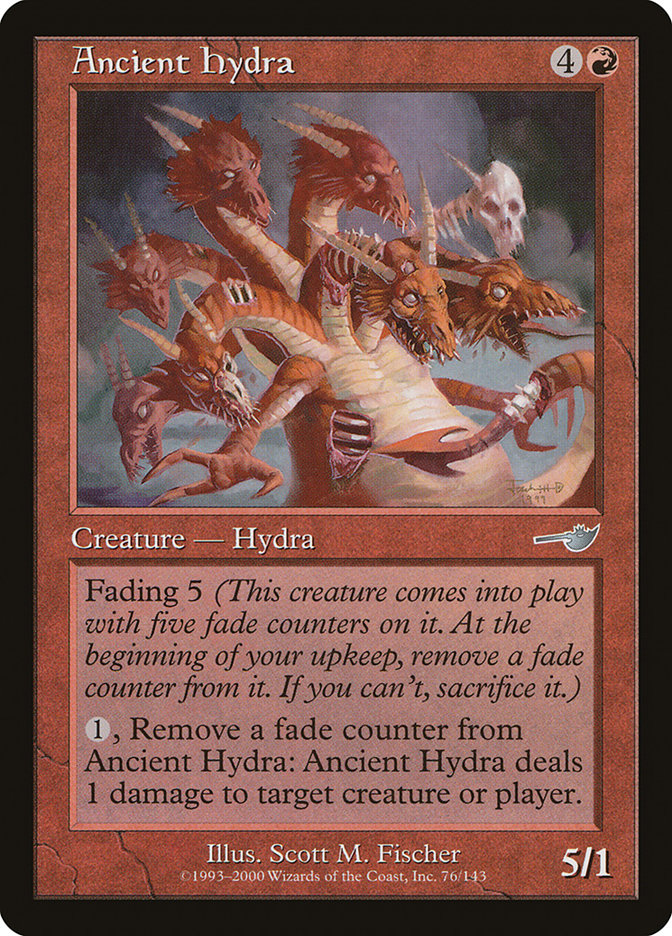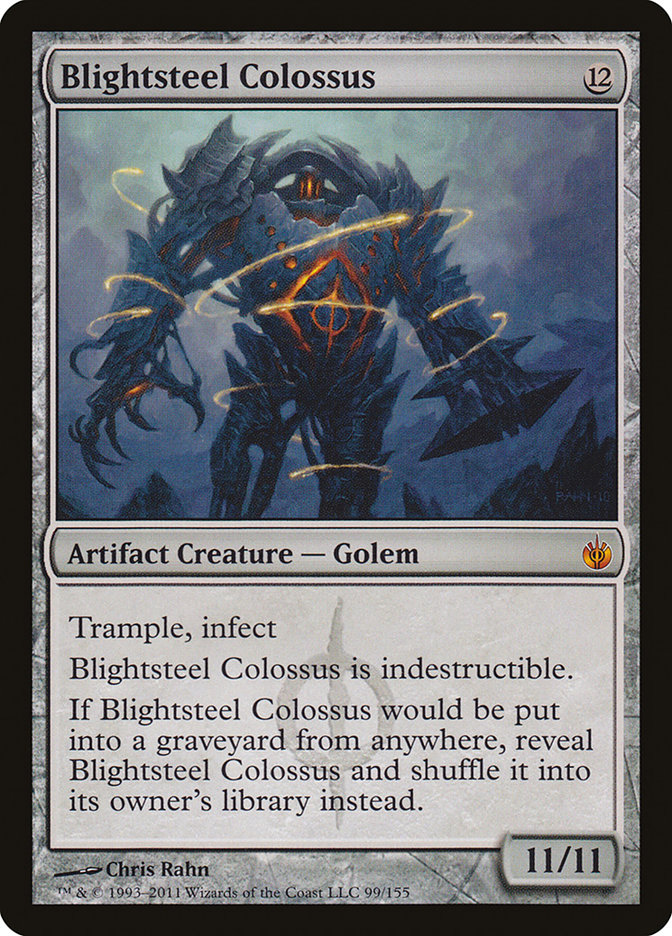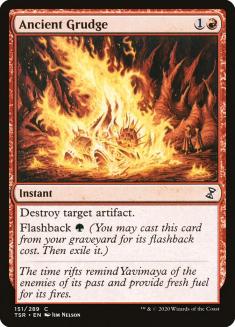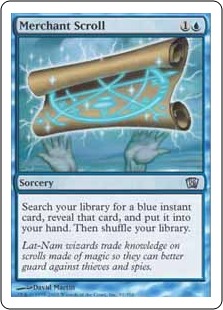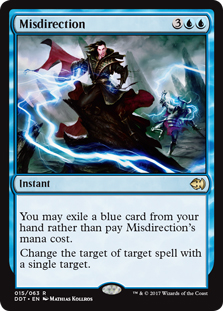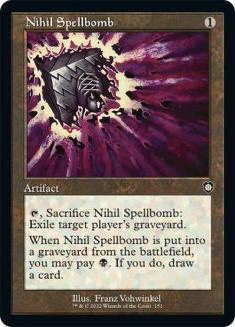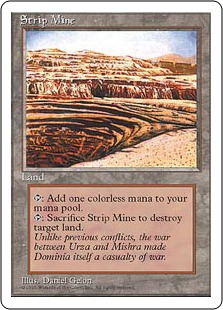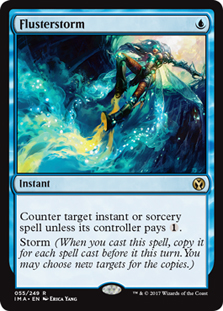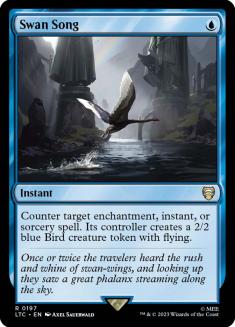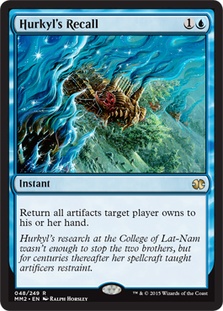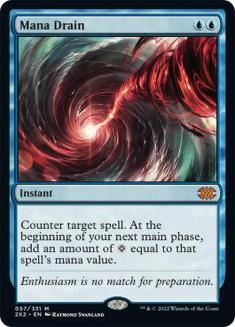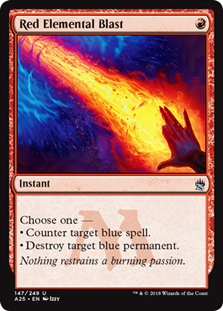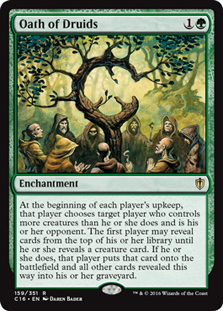November was a very strong month for the Vintage format, and there are a number of reasons for why the future looks extremely bright for Vintage fans. While Vintage has always been a niche fan-favorite format, there are a number of recent factors that I believe will end up breathing newfound life and popularity into Magic’s oldest and most powerful format.
First and foremost, the Vintage Championship got a ton of face time on the mothership (wizards.com), and the coverage appears to have been intriguing and interesting to nearly everyone who tuned in to see what Vintage is all about.
Vintage rarely gets this kind of high-quality exposure because the overall lack of large-scale events and coverage. My observation on the aftermath of the Championship is that many people who tuned into the coverage were either a) interested in learning more about the format or b). used to play and had their interest rekindled by getting a chance to watch the format being played at a high level.
The 2013 Vintage Championship is significant for me as the first Championship that was won by a creature deck. Joel Lim’s Merfolk deck battled through the largest Vintage field in North American history to claim the title and the painting with a disruptive aggro deck.
Creatures (24)
- 1 Waterfront Bouncer
- 4 Lord of Atlantis
- 3 Merrow Reejerey
- 4 Silvergill Adept
- 4 Cursecatcher
- 3 Phantasmal Image
- 4 Master of the Pearl Trident
- 1 True-Name Nemesis
Lands (18)
Spells (18)
- 4 Force of Will
- 1 Time Walk
- 1 Ancestral Recall
- 3 Null Rod
- 2 Daze
- 1 Black Lotus
- 1 Mox Sapphire
- 1 Steel Sabotage
- 3 Mental Misstep
- 1 Flusterstorm
Sideboard

I have long claimed that Vintage needs creature decks to not only be viable but also to be good in order to be viewed as a legitimate format and not merely a swath of broken combo decks. Vintage Championship 2013 blew the doors off preexisting conceptions about Vintage as a turn 1 combo format and appears to be a paramount moment on the verge of ushering in a new era of Vintage.
After all, for all of the restricted cards, broken decks, and busted strategies potentially available to players and deckbuilders, it was ultimately two aggro creature decks facing off against one another in the finals of the event.
Is beating down finally equal to going broken in Vintage?
The format appears to be at a point where there is a lot of variety among decks and the individual games are challenging, interactive, and fun. These are all qualities that Eternal fans (and Magic players in general) look for in a format that they want to invest their time in and play.
One thing I have noticed about Magic in general is that it has gotten huge almost to the point of being unmanageable. Grand Prix are almost always over one thousand players, and the majority of events that players travel two=plus hours to attend are likely to be in the 300+ player range. While in general large tournaments are a good thing and a strong indicator that Magic as a game is healthy and doing well, I also think that these kind of behemoth events don’t necessarily cater to all facets of the player base.
Smaller tournament size has long been viewed by many in the Vintage community as an obstacle to be overcome, but in some ways the more intimate community could end up working in Vintage’s favor in the long run. I can certainly see an archetype of player that is intrigued and appreciates the smaller where everybody knows your name element of the Vintage scene.
The barrier that has always held Vintage back as a commonly played format is the high cost of entry. The first-era cards—the Power Nine, Mishra’s Workshop, and Bazaar of Baghdad—have always had a hefty price tag that in the dark impedes most players from realistically becoming regular players.
A trend I have noticed over the past several years is that a lot of players who played as young adults are returning to the game as adults, and I believe many of these individuals are ideal recruits to become members of the Vintage community.
First, many of these returnees tend to be professionals who can afford to spend money on recreation, which makes the high cost of entry less of an issue than it would be with a college student or teenager. I would estimate that the average age of the Vintage player has risen over time to be in the late 20s and early 30s range. This demographic might be a more appealing player group for other adults that would prefer to engage in gaming activities with other adults that are closer to their own age.
It also seems reasonable to me that individuals with money to spend on recreation might be able to justify such an expense as an investment. The old cards are expensive, and nobody has ever tried to deny that fact. However, it is also relevant that the old cards have done nothing but rise in value over time in the modern era.
I ended up selling my Power Nine to pay off my debt after college about six years ago, and the first thing I did when I started to once again make money was put it toward replacing the Vintage cards I had sold off. The cards that I ended up buying and trading for are now worth almost three times more than what I bought them for.
I don’t really see the trend of the old, rare, and super-powerful cards continuing to steadily increase in collectible value decreasing as the game continues to grow in popularity and players in the foreseeable future.
The rich get richer.
While the price tag has traditionally fenced new players out of the format, it also tends to be a retaining wall that holds players in the format. Players who go through the time, energy, and investment of acquiring the cards and attending the events tend to become long-term members of the community.
Vintage for life, yo.
The second barrier that has increasingly become an issue for Vintage over the past few years is the lack of actual tournaments for fans of the format to compete in. While zero tournaments for Vintage in a geographic region is a big problem, I am no longer sure that frequent small tournaments is necessarily a bad thing for the format.
One thing that the local Legacy scene has taught me here in Michigan is that a consistent ten-player event on a weekly basis can build a very strong and committed player base over time. The week-in, week-out stalwarts are important to a sustainable Magic player base. Essentially, the Field of Dreams mantra if you build it, they will come applies to all things MTG. Rebuilding the Vintage Magic scene here in Michigan is certainly something that is on my list of things to do here in the next year.
It is also a telling fact to me that a lot of the old-time pros love to play Vintage. I just saw a tweet from David Ochoa saying that he had a Vintage deck with him at Grand Prix Albuquerque and was looking for opponents to play with in between rounds. The same can typically be said of other visible members of the community such as David Williams, Patrick Chapin, and Luis Scott-Vargas, who all enjoy playing the format. If these notable individuals see value in playing Vintage for enjoyment, it is pretty safe to say that the format in general has some very high plus side as a playable game.
Last but certainly not least is the looming release of the new Vintage Master’s Edition on Magic Online that will finally feature the introduction of the rare and powerful Power Nine to Magic Online and create a realistic, playable Vintage metagame online.
I cannot overstate how big of a moment this is going to be for Vintage as a format, as it will likely exponentially increase the amount of Vintage Magic that gets played in the world by virtue of having daily online events.
First of all, I predict that the Vintage Edition Draft format is going to be wildly popular. It is basically the first time in nearly two decades that a player can open a pack of Magic cards and hope to open a Black Lotus. 99.9% of Magic players have never opened a pack of Magic where they had a legitimate shot of opening up a piece of Power Nine, and it is a very intriguing opportunity. (I am not counting the buried treasure promotion from Zendikar because it is fundamentally not the same thing in my opinion.)
Vintage will finally be a format that anyone anywhere can play whenever they want, and I see no reason to doubt that the format will be very popular online. First, it is a format that is intrinsically fun and interesting that people tend to enjoy playing, but secondly it is a format that is difficult to play in real life (because of a lack of consistent events), which makes it even more appealing to play online.
If I speculated on online cards, I would be very interested in picking up the supplemental staple cards of the most popular archetypes like Dredge and MUD. Specifically the cards that always get played as four-of cards in every iteration of these types of decks.
Cards that will see lots of play when Vintage comes to Magic Online.
I like these cards as potential moneymakers and preemptive pickups because they go into a bunch of different decks and pretty much no matter the version of the deck I know these cards will be present. Nobody builds a MUD deck that doesn’t play four Tangle Wires and four Chalice of the Voids for example.
The idea of getting to play Vintage from home anytime I want is very appealing to me, and I will certainly be making a move to acquire the cards. For you other players who are also looking forward to playing online, be on the lookout for briandemars in your queue!
I am also very excited that I will get a chance to play some paper Vintage in December. I will almost certainly be running back my Vintage Championship decklist.
Unfortunately, I took some pretty bad beats at the Championship and didn’t make a deep run. However, I have gotten to play a bunch of games with the deck since then and still believe the list is extremely solid and well positioned in the current metagame moving forward.
Here is a real monster:
Creatures (2)
Planeswalkers (2)
Lands (16)
Spells (40)
- 1 Brainstorm
- 2 Mana Drain
- 1 Vampiric Tutor
- 1 Mystical Tutor
- 4 Oath of Druids
- 1 Yawgmoth's Will
- 4 Force of Will
- 1 Sol Ring
- 1 Demonic Tutor
- 1 Gaea's Blessing
- 1 Hurkyl's Recall
- 1 Time Walk
- 1 Ancestral Recall
- 1 Mana Crypt
- 1 Merchant Scroll
- 1 Misdirection
- 1 Tinker
- 1 Black Lotus
- 1 Mox Emerald
- 1 Mox Jet
- 1 Mox Pearl
- 1 Mox Ruby
- 1 Mox Sapphire
- 1 Ancient Grudge
- 1 Ponder
- 3 Thoughtseize
- 1 Nature's Claim
- 2 Preordain
- 2 Mental Misstep

Now that the world is safe for people to play with creature decks it seems to me people ought to be playing decks that punish creature decks! Yeah, yeah, life is not fair.
The most unfair unrestricted card in Vintage?
Oath of Druids is a card that I seriously wonder about whether or not a highly played, large data-producing online metagame will demonstrate to be a problem. I remember back in the day that I won a 100+ person SCG Vintage P9 event playing an Oath of Druids deck where my maindeck targets were:
Modest by today’s standards.
These creatures, while pretty cool, are not even close to being in the same ballpark as these psychopathic fatties:
Daddy’s home . . .
The drawback on Oath of Druids is one of the most ridiculous downsides to a card in the history of the game: if your opponent tries to play cards to pressure you, get an unbeatable creature for free.
Last week I wrote about Legacy and how I don’t want to ever be doing anything in that format that doesn’t appear to be fundamentally unfair, and the same mantra holds true for Vintage. I like Oath of Druids right now for two reasons. First, creature decks are actually good at the moment (which makes Oath’s downside an upside). Second, I believe that an unrestricted two-mana enchantment that makes Griselbrand and Blightsteel Colossus is bananas.
The sideboard is highly tuned bring in a bunch of cards against all of the other unfair decks in the format: Dredge, Mishra’s Workshop, and Storm Combo.
Here is how I typically sideboard with Oath Control against a few of the more popular matchups.
MUD
In
Out
I leave in Mental Misstep because my opponents are 100% going to be bringing in Grafdigger’s Cage. Other than that the plan seems fairly straightforward: bring out the worst cards and bring in cards that kill artifacts.
Dredge
In
Out
Graveyard hate is key against Dredge. I respect how powerful Dredge is, so it shouldn’t be very surprising that I am at the top end of cards that are good against them. All things considered I think that the Oath deck has a very strong matchup against Dredge after sideboarding despite being pretty soft in game 1.
Storm Combo
In
Out
If they are also playing with Oath of Druids in their Storm deck, board in Strip Mine for another copy of Oath of Druids.
Control
In
Out
If you know or think they have Grafdigger’s Cage, you must leave in Ancient Grudge and might consider bringing in the second Grudge. I like one Grudge against decks with Time Vault, but if they also have Cages, the Grudge gets a lot of value. For instance, against Landstill I bring in the second Grudge to combat Cages, Factorys, and mana.
There is still a lot of Vintage yet to be played, and I for one couldn’t be happier about that fact. Legacy is a sweet format and I’ve been having a lot of fun playing it lately, but honestly nothing can or will ever be able to compare to Vintage for me.
Anybody else excited for Vintage online? What are you guys going to build first? There are so many options!
Cheers,
Twitter: @briandemars1
Facebook: Brian DeMars
Themanadrain.com: Forestfailedyou

